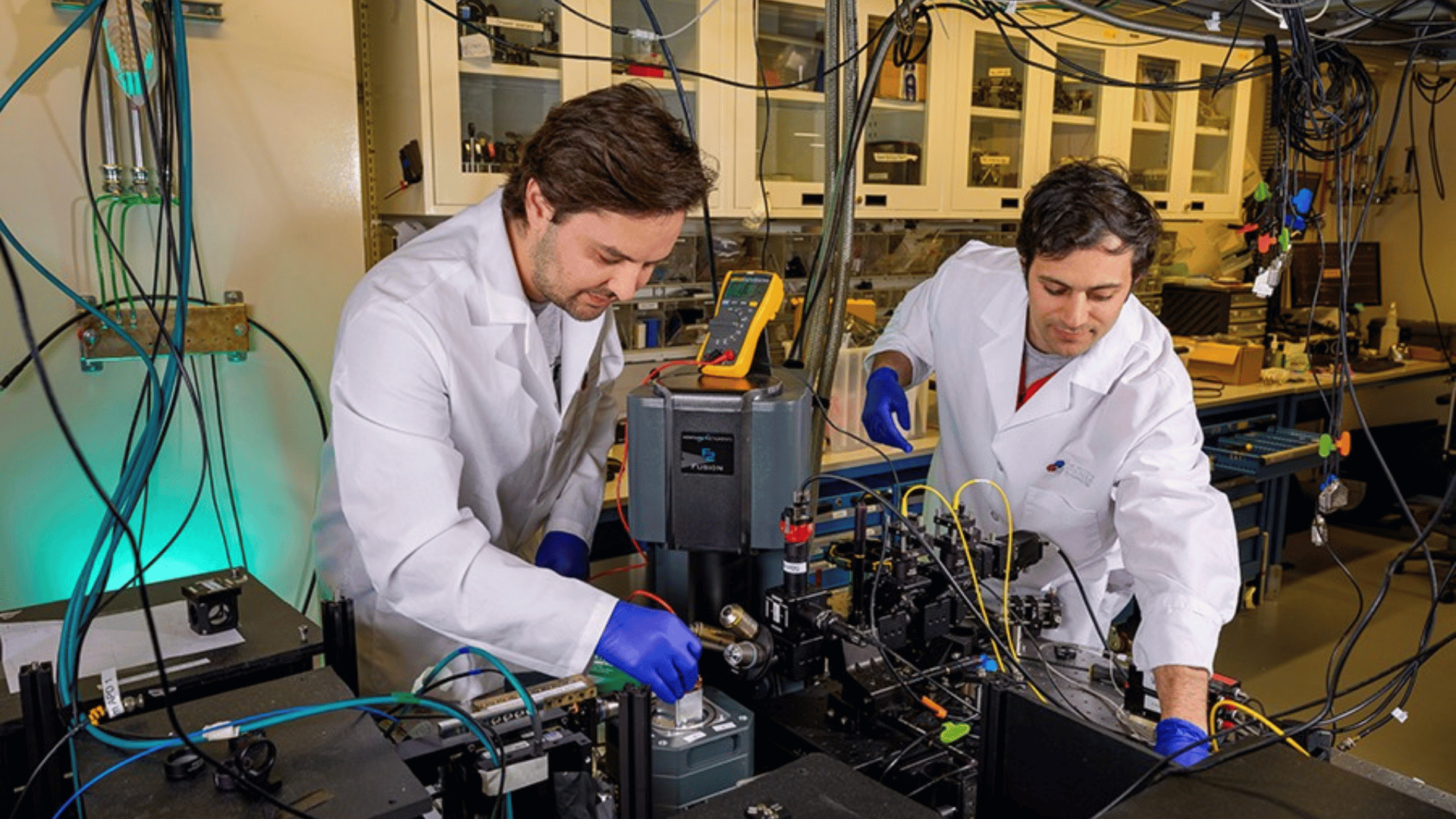The University of Chicago reported a breakthrough in quantum technology using biological cells. Researchers from the university’s Pritzker School of Molecular Engineering transformed a protein from living cells into a functional quantum bit, or qubit. This significant achievement bridges the gap between biological systems and quantum technology.
Traditionally, biological systems and quantum technology operate in vastly different environments. Living cells thrive in warm, dynamic environments, while quantum technology usually requires isolation and temperatures of almost 0 degrees Fahrenheit.
Turning Proteins into Qubits

Researchers say the new protein-qubit functions as a quantum sensor and is capable of detecting minute changes within biological processes. The team’s approach was to develop a qubit from a biological system rather than trying to adapt a conventional quantum sensor to a biological environment.
“Rather than taking a conventional quantum sensor and trying to camouflage it to enter a biological system, we wanted to explore the idea of using a biological system itself and developing it into a qubit,” said David Awschalom, a co-principal investigator.”
Researchers believe that the cells could one day directly build protein-qubits that are stronger than existing quantum sensors.
“Our findings not only enable new ways for quantum sensing inside living systems but also introduce a radically different approach to designing quantum materials,” said Peter Maurer, a co-principal investigator. “Specifically, we can now start using nature’s own tools of evolution and self-assembly to overcome some of the roadblocks faced by current spin-based quantum technology.”
While the protein-based qubits do not match the sensitivity of the best quantum sensors, their ability to be genetically coded into living systems offers the potential to observe biological processes at the quantum level. Its potential capabilities range from protein folding to detecting early signs of diseases.
“We’re entering an era where the boundary between quantum physics and biology begins to dissolve,” concluded first author Benjamin Soloway.